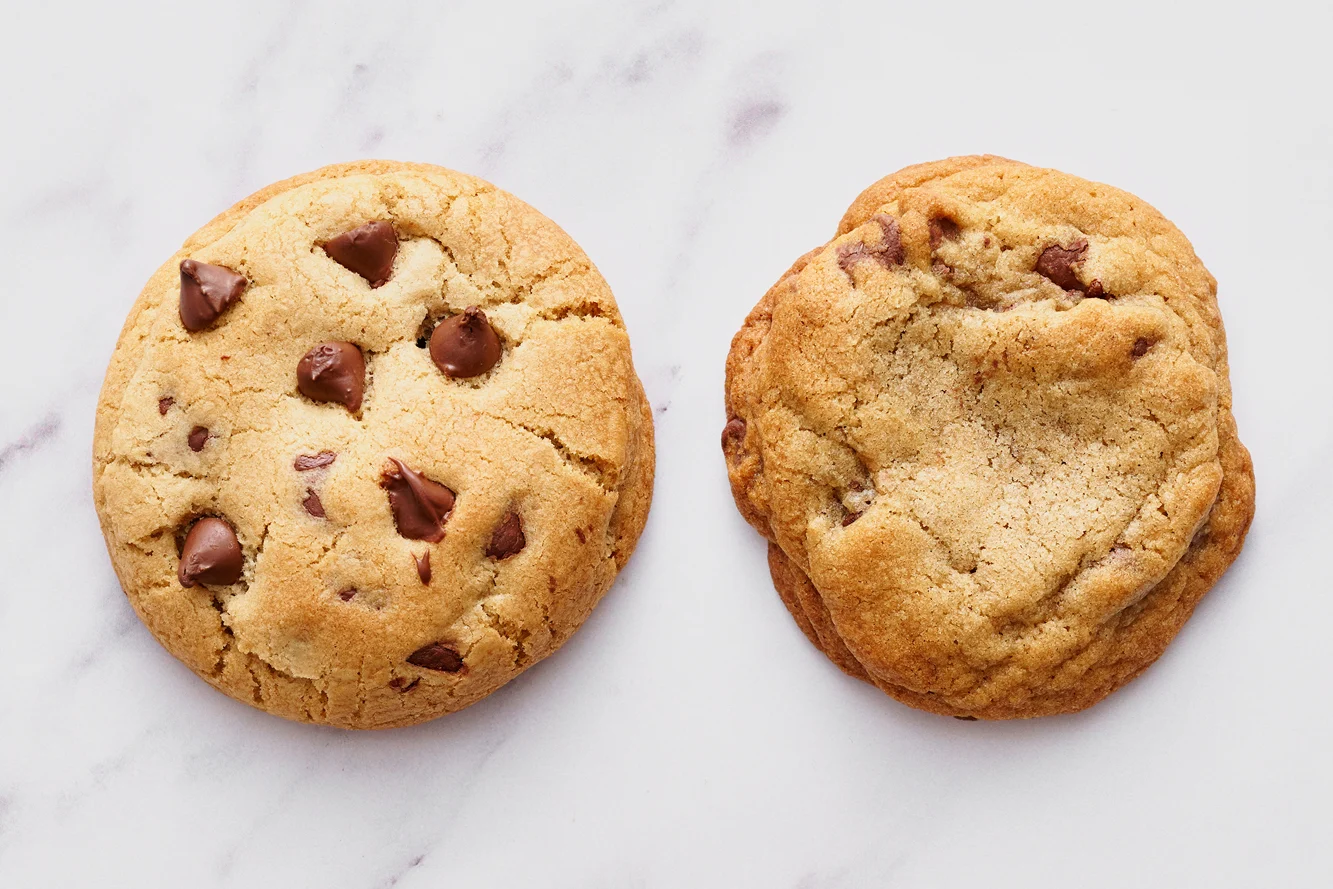Baking custom cookies is both a science and an art, requiring precision, creativity, and an understanding of baking fundamentals. Whether you’re baking for special occasions, events, or as part of a business venture, mastering the techniques can elevate your cookies to perfection. Here are some tips from baking professionals to help you achieve the best results:
1. Use High-Quality Ingredients
Quality ingredients are the foundation of delicious cookies. Use fresh butter, good quality chocolate, pure vanilla extract, and high-protein flour for best results. Avoid substitutions that can alter texture and flavor.
2. Follow the Recipe Precisely
Baking is a science that requires accurate measurements. Follow recipes closely, especially when it comes to proportions of flour, sugar, butter, and leavening agents like baking soda or baking powder. Consistency in measurement ensures consistent results.
3. Room Temperature Ingredients
Allow butter and eggs to come to room temperature before baking. Room temperature ingredients blend more easily, ensuring a smoother batter or dough and even distribution of flavors.
4. Proper Mixing Technique
Cream butter and sugar together until light and fluffy. This incorporates air into the mixture, resulting in lighter, softer cookies. Avoid overmixing once flour is added to prevent tough cookies.
5. Chilling the Dough
Chill cookie dough before baking, especially if it’s a sticky or soft dough. Chilling helps solidify the fat in the dough, preventing cookies from spreading too much during baking and maintaining their shape.
6. Preheating the Oven
Always preheat your oven to the specified temperature in the recipe. A properly preheated oven ensures even baking and consistent results. Invest in an oven thermometer to verify accuracy if needed.
7. Baking Time and Temperature
Monitor baking time closely, as even a minute can make a difference in cookie texture. Bake cookies until the edges are lightly golden and the centers are set but still slightly soft. Use parchment paper or silicone baking mats for even baking and easy cleanup.
8. Cooling and Storage
Allow cookies to cool on the baking sheet for a few minutes before transferring them to a wire rack to cool completely. This prevents them from breaking apart. Store cookies in an airtight container at room temperature to maintain freshness.
9. Decorating Techniques
For custom cookies, explore different decorating techniques such as icing, fondant, edible prints, or intricate piping designs. Use food-safe coloring and decorations to create visually appealing and personalized cookies.
10. Practice and Experiment
Becoming proficient in baking custom cookies takes practice. Experiment with different flavors, textures, and designs to find what works best for your recipes and customers’ preferences. Keep a baking journal to record successful recipes and adjustments made.
Professional Insights
- Consistency is Key: Professional bakers emphasize the importance of consistency in ingredients, measurements, and baking techniques to achieve uniform results.
- Attention to Detail: Pay attention to small details like oven temperature, dough consistency, and baking time to ensure each batch of cookies is perfect.
- Creativity: Don’t be afraid to experiment with flavors, colors, and decorations to create unique and memorable custom cookies that stand out.
By applying these tips and techniques from baking professionals, you can master the art and science of baking perfect custom cookies. Whether you’re baking for personal enjoyment or as part of a business venture, these insights will help you create delicious, beautifully crafted cookies that delight your family, friends, or customers.



